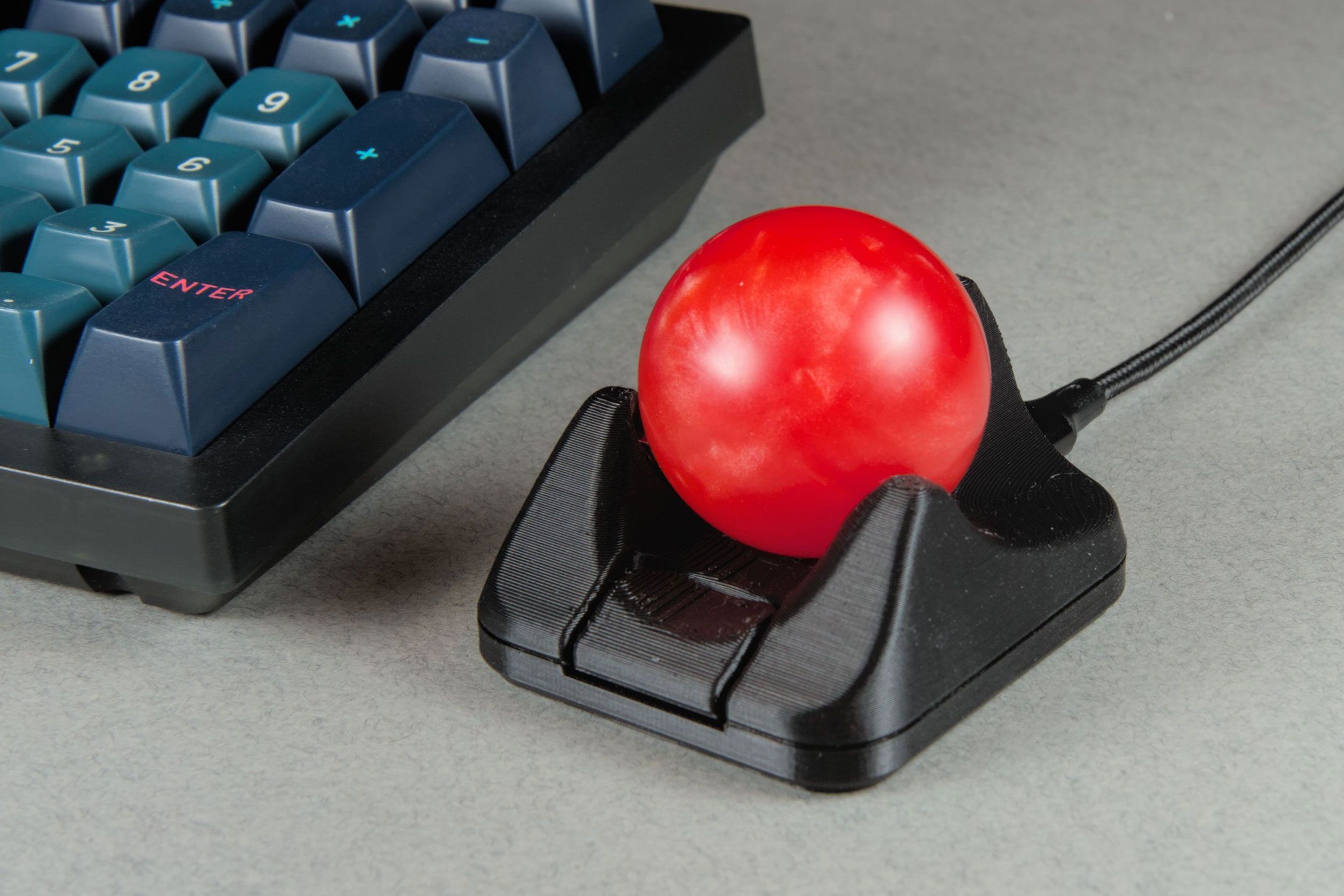Canadian hardware maker Ploopy just dropped the Nano 2, an upgraded version of its ultra-compact trackball that adds a customizable button and USB-C connectivity. The $43 device targets enthusiasts who want precise cursor control without a full mouse setup, but the new button functionality could expand its appeal beyond the niche trackball community.
Ploopy is betting that one button can transform how people think about trackballs. The Canadian company announced its Nano 2 on Friday, upgrading what was already the world's smallest open-source trackball with a single programmable button that dramatically expands its functionality.
The original Nano was designed as a "pure cursor experience" - essentially a trackball that only moved your mouse pointer around the screen. It found a devoted following among split keyboard enthusiasts and users with cramped desk setups who needed precise pointing without the footprint of a traditional mouse. But that single-purpose design also limited its broader appeal.
The Nano 2 changes that equation. Its new button comes pre-programmed to trigger drag scrolling mode, letting users switch between cursor control and document scrolling with a single press. According to Ploopy's announcement, this transforms the device from a specialized pointing tool into something approaching a full mouse replacement.
"The button could potentially turn it into a tiny trackball mouse," the company notes, acknowledging how this small addition opens up new use cases. Early users are already customizing the button for primary clicks, secondary functions, and macro triggers using the VIA web app.
Under the hood, Ploopy upgraded the sensor to a PAW-3222 that supports polling rates over 1,000Hz - a significant improvement for gamers and precision users. The company also swapped the original's chunky USB-B connector for USB-C, following the same modernization path it took with the Classic 2 trackball earlier this year.
What makes Ploopy unique in the peripheral space isn't just the hardware - it's the philosophy. Every component runs on open-source QMK firmware, and the company publishes complete documentation on GitHub so users can modify, upgrade, or completely rebuild their devices. It's the antithesis of planned obsolescence in a market dominated by sealed, proprietary peripherals.
But there's a catch with the Nano 2. Unlike most Ploopy products, which offer discounted DIY kits for tinkerers, the company is only selling this model fully assembled for $59.99 CAD (about $43 USD). That decision suggests either manufacturing complexity or an attempt to reach beyond the hardcore DIY community that typically buys Ploopy gear.












